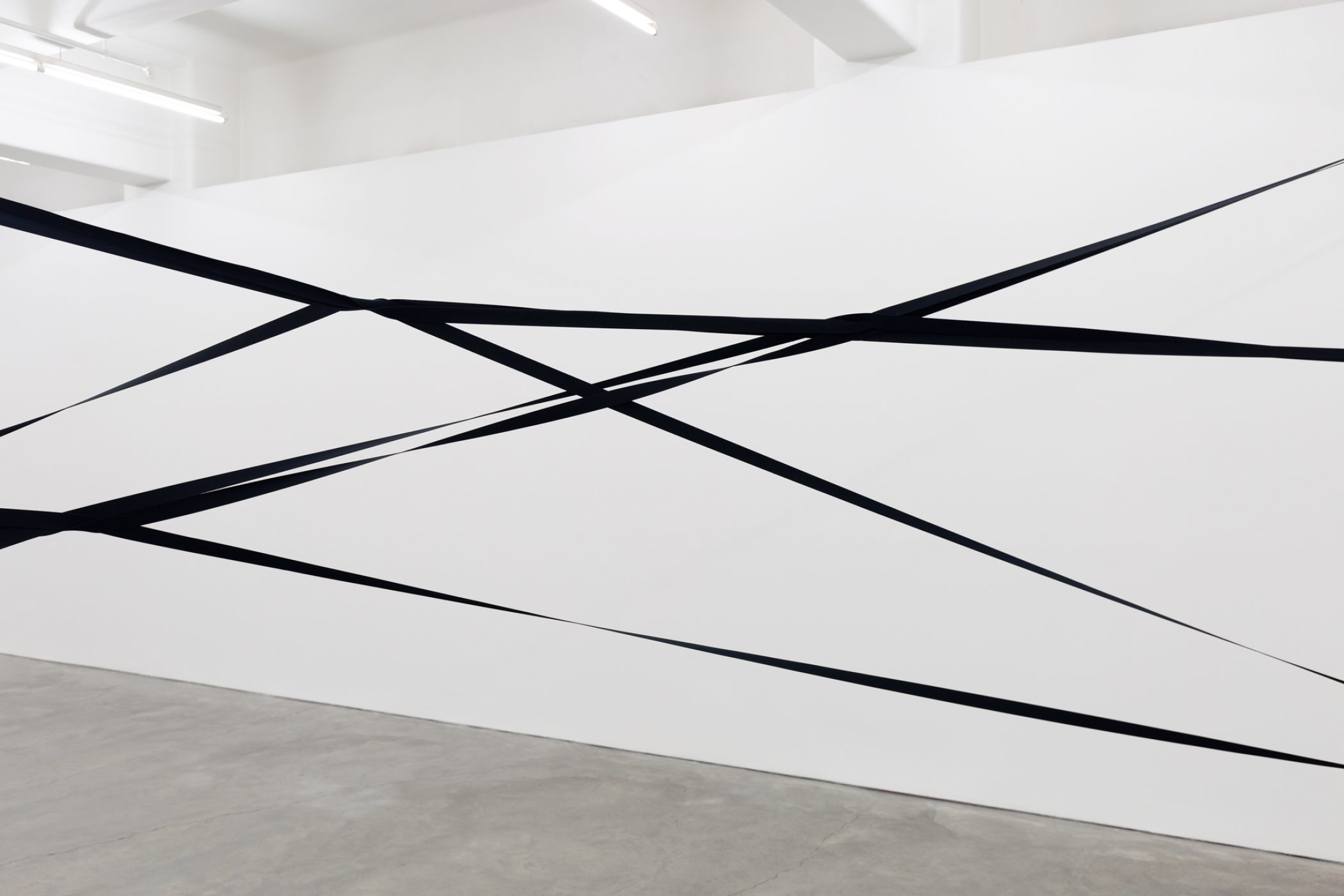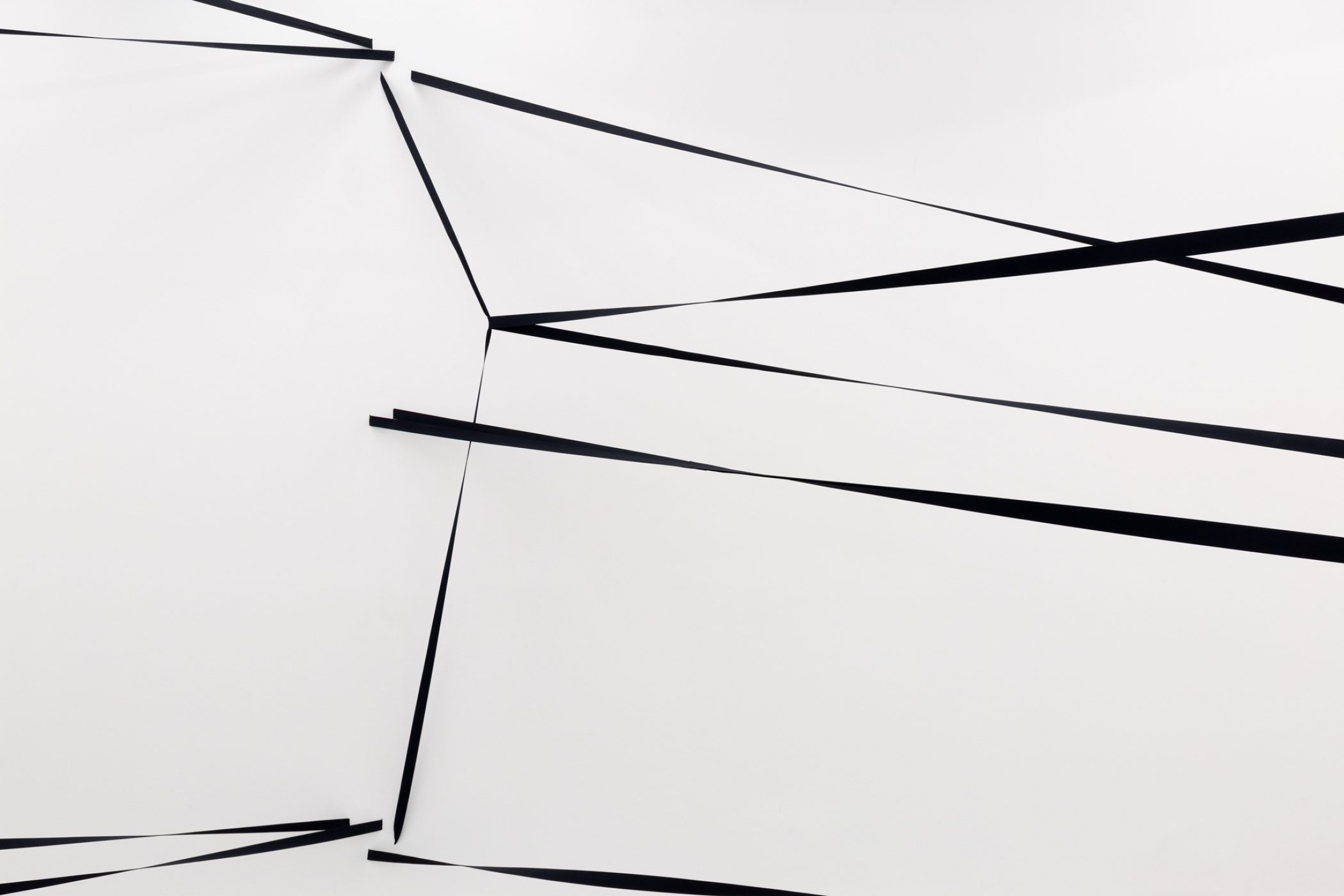Louisa Bufardeci
holding several threads at once, figuring a future together
5th August – 16th September 2023
Anna Schwartz Gallery
String figuring is thought to have existed almost as long as string itself. According to Rirratjingu elder Wandjuk Marika, for the Yolŋu people string was first made by the two Wawalik Sisters when they were on a long journey. At one point, “the sisters sat down, looking at each other, with their feet out and legs apart, and both menstruated… Each one made a loop of the other one’s menstrual blood, after which they put the string loops around their necks.”(1) Connected like this to themselves and to Country, the sisters made “a record in string of all the animals, plants and other things they saw, as well as their own activities.”(2) The first accounts of the world were made in string figures.
String figures are understood to have been practised by many distant and diverse societies around the world. Yellowman, a Navajo man explained that string figuring helps “to relate our lives to the stars and the sun, the animals, and to all of nature, or else we will go crazy, or get sick.”(3) For the Navajo string games are a “kind of patterning for restoring hózhó, a term imperfectly translated into English as ‘harmony,’ ‘beauty,’ ‘order,’ and ‘right relations of the world.’”
Kombumerri philosopher Mary Graham describes the deep history and practice of the relationship between humans and the land:“The reflective and questing Aboriginal mind is always aligned with what everyone in the group wants, in order to have and maintain harmonious relationships.”(4)
And American philosopher Donna Haraway says“string figures are thinking as well as making practices.”(5) Perhaps they are a way of thinking and making harmonious relationships too.
holding several threads at once, figuring a future together ties knots with these ideas.
Louisa Bufardeci, 2023
–
1. Chris Knight, Blood Relations (New Haven: Yale University Press, 1991), 445.
2. String figuring is entangled with colonisation in a complex web of loss and partial recuperation. According to Australian anthropologist Robyn McKenzie this account of creation along with over two hundred string figures made by the Djapu woman Ngarrawu Mununggurr were collected by the Australian anthropologist and archaeologist Frederick McCarthy in 1948. Robyn McKenzie, “The String Figures of Yirrkala Examination of a legacy,” in Exploring the Legacy of the 1948 Arnhem Land Expedition, ed. Martin Thomas and Margo Neale (Canberra: ANU Press, 2011), 192, 201, 205.
3. Barre Toelken, “The Folk Performance,” in Dynamics of Folklore (Logan: University Press of Colorado, 1996): 124.
4. Mary Graham, “Some Thoughts About the Philosophical Underpinnings of Aboriginal Worldviews,” Worldviews: Global Religions, Culture and Ecology 3, no. 2 (1999): 108.
5. Donna Haraway, Staying with the Trouble : Making Kin in the Chthulucene (Durham: Duke University Press, 2016), 14.
Images

Louisa Bufardeci
holding several threads at once, figuring a future together, 2023
Installation view, Anna Schwartz Gallery, Melbourne
Photo: Christian Capurro
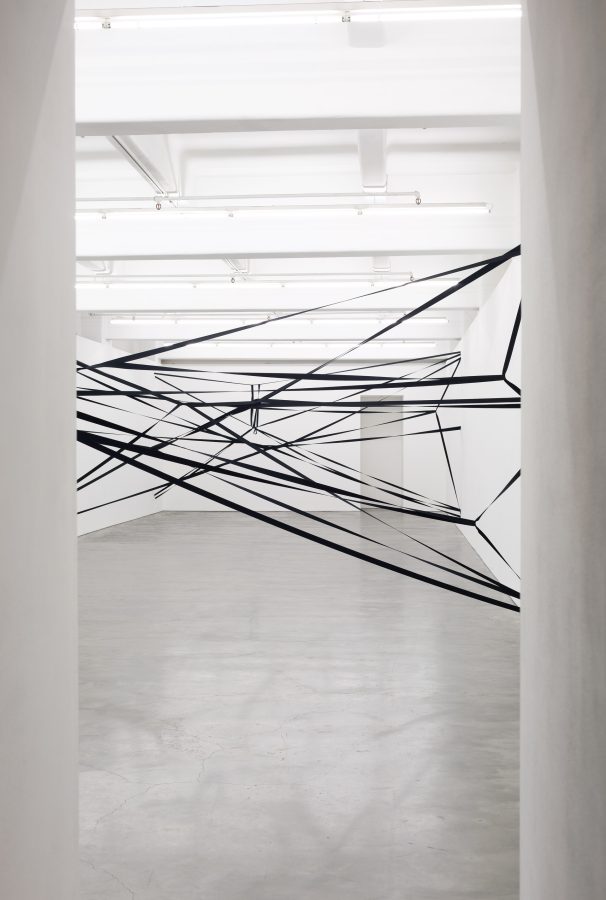
Louisa Bufardeci
holding several threads at once, figuring a future together, 2023
Installation view, Anna Schwartz Gallery, Melbourne
Photo: Christian Capurro
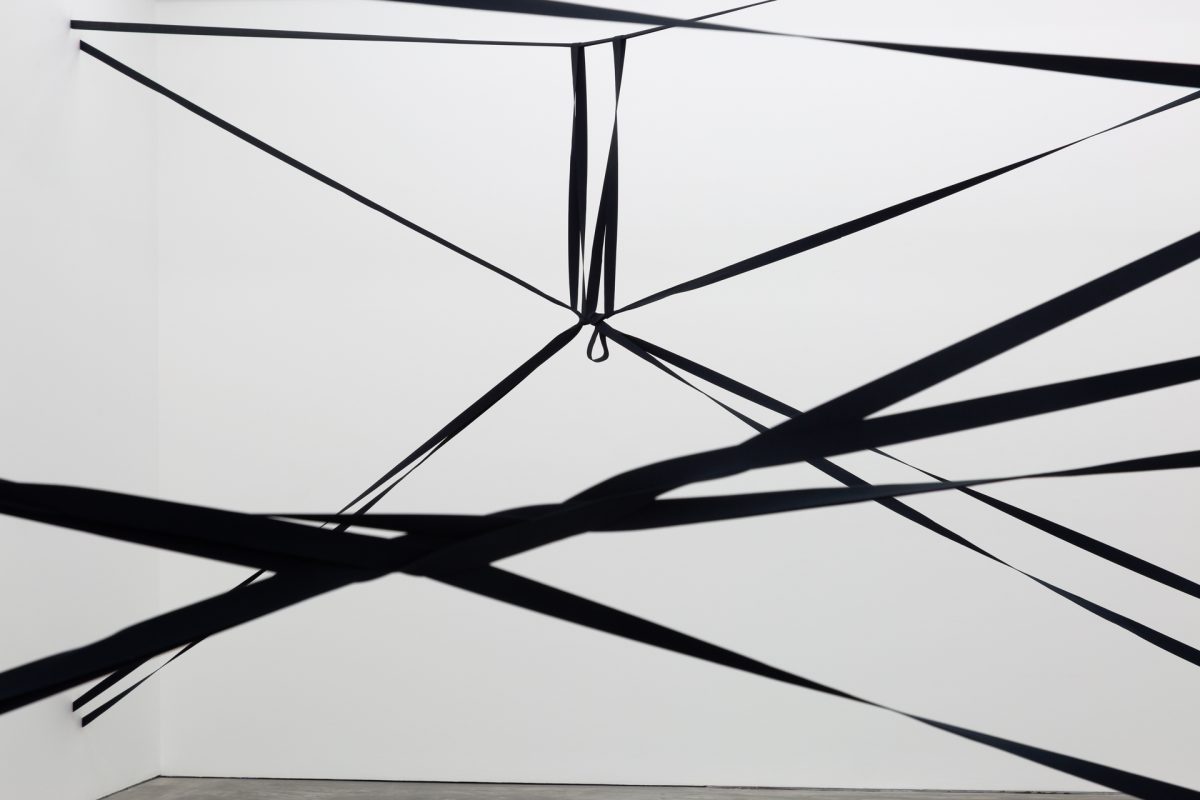
Louisa Bufardeci
holding several threads at once, figuring a future together, 2023
Installation view, Anna Schwartz Gallery, Melbourne
Photo: Christian Capurro
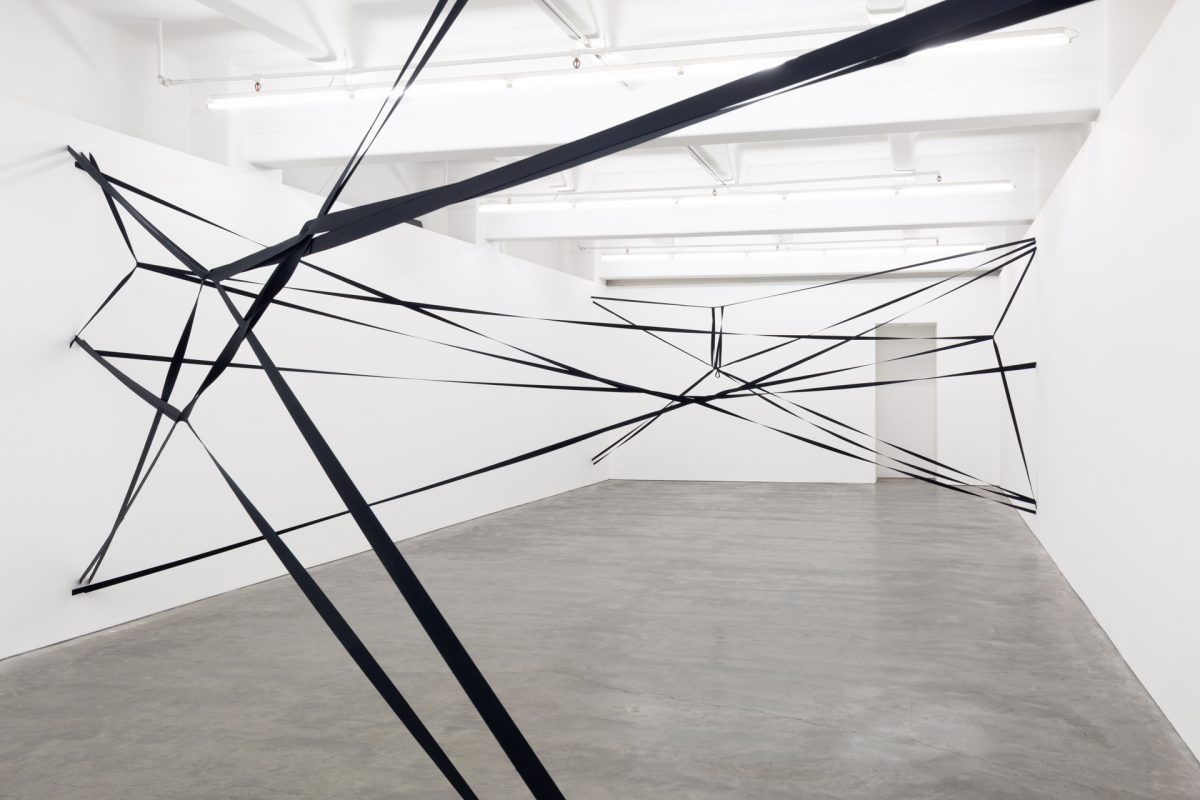
Louisa Bufardeci
holding several threads at once, figuring a future together, 2023
Installation view, Anna Schwartz Gallery, Melbourne
Photo: Christian Capurro

Louisa Bufardeci
holding several threads at once, figuring a future together, 2023
Installation view, Anna Schwartz Gallery, Melbourne
Photo: Christian Capurro
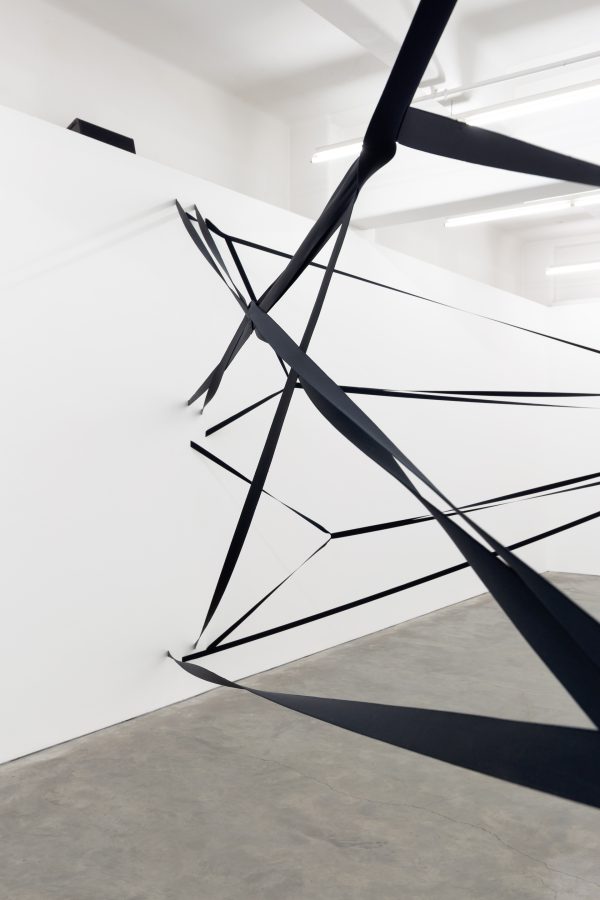
Louisa Bufardeci
holding several threads at once, figuring a future together, 2023
Installation view, Anna Schwartz Gallery, Melbourne
Photo: Christian Capurro
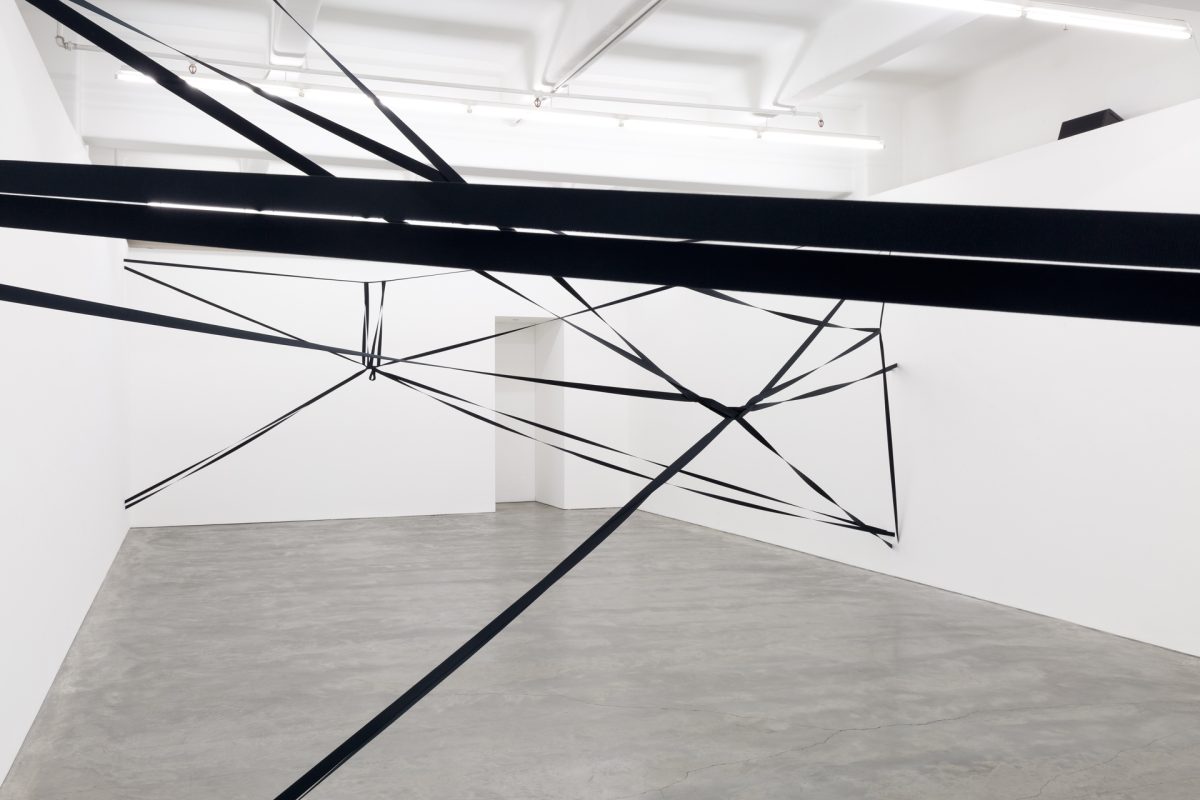
Louisa Bufardeci
holding several threads at once, figuring a future together, 2023
Installation view, Anna Schwartz Gallery, Melbourne
Photographer: Christian Capurro
